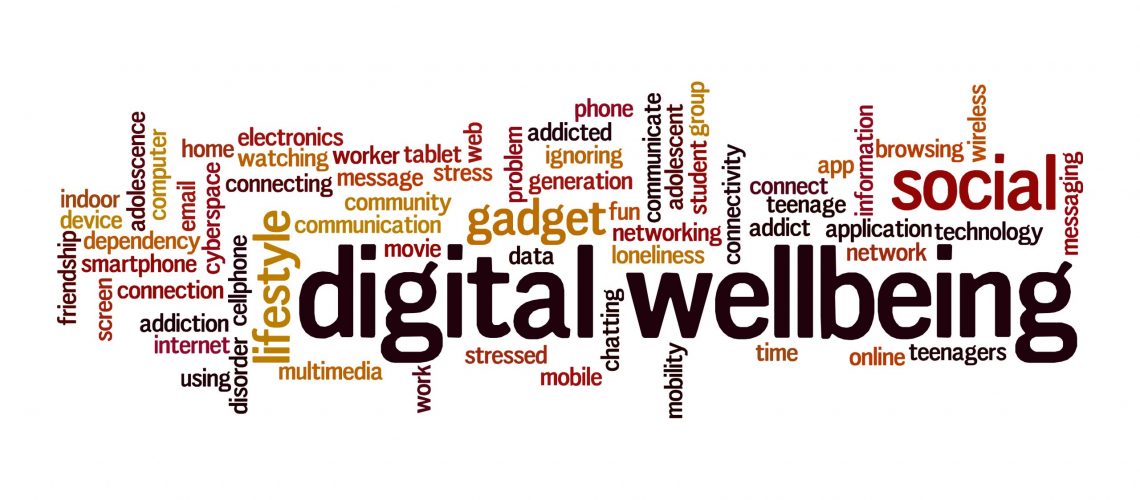Digital Wellbeing :
With the advent electronic gadgets & social media apps there is an immediate need to empower all (Pre-Teens, Teens and Adult) with the knowledge & tools to be safe & secure in this digital environment, as new cases related to as social engineering crimes, cyber stalking, cyberbullying, sextortion, cyber sex, dissemination of obscene material and other forms of trespassing privacy are evolving day by day in different ways. It is equally important to create a safer ecosystem digitally that will help them to distinguish the credible and questionable information & behaviour on internet
(a) Objective of Digital Wellbeing
- To spread awareness of the risks and of the strategies we can use to create a better relationship with digital technologies.
- Assess relationship with digital technologies and to safeguard our wellbeing.
- Acquaint with formal knowledge on digital wellbeing.
(b) Outcome of Digital Wellbeing
- Understanding Digital Wellbeing will help us realise the need of balance with technology that is appropriate for the varying requirements.
- Maximising the technology benefits while Mitigating risks & negativity.
Digital Wellbeing for Schools (Pre-Teens) – A Four Pillar Approach :
As children between the ages of (11 and 13) make the transition to a more independent stage with the move to secondary school, they become more confident internet users with more varied habits. Parents are concerned that children will actively engage in risky and dangerous behaviour such as contacting people they do not know. It thus becomes vital to discuss online safety with them.
As a child becomes a teenager, it’s likely that the internet will be a part of their daily life. Most teenagers have access to the internet using a smartphone or tablet, and use a wide range of social networking sites as a vital part of their relationships with others. Parents of (14-16) find it harder to control their child’s screen time.
(1) Interaction – (a) Who do you have in common with them and who can vouch for them? Who would support your interaction with them? (b) Where the Interaction is taking place. (c) Should you know the person(s) you are interacting with? (d) What information are they asking of you? (e) What information are they giving/willing to give off you? (f) What are they getting out of your interaction? (g) How much of your interaction do you control?
(2) Information – (a) Means of Communication. (b) Check the Source. (c) Go Through the Information. (d) Verify the Information. (e) Believe the Information. (f) Sharing the Information
(3) Influence – How do your digital activities make you feel Good or Bad and what is the final balance?
(4) Instruction – An important lesson to remember at the end of all of this is that you are only as safe as your community is. This means even the slightest weak link can compromise everyone’s safety and wellbeing especially in a digital well being. It is for this reason that your awareness and learning on digital well being can never stop and neither can your teaching and propagation of it. This brings us to the two important things about instruction you need to keep in mind (a) Receiving instruction. (b) Giving instruction
Digital Wellbeing for Colleges (Teens) – A Three Pillar Approach :
(1) Digital Security – Tools & Techniques: Students / Children practice safe strategies to protect themselves and promote positive physical and psychological well-being when using technology, technology systems, digital media and information technology including the internet. (a) Understanding Misinformation and Disinformation (b) Choosing between Privacy & User Convenience (c) Having the Consent both off-line and online.
(2) Digital Safety – Physical & Psychological Wellbeing: Students practice safe strategies to protect themselves and promote positive physical and psychological well-being when using technology, technology systems, digital media & information technology including the Internet. i.e. Understanding (a) Cyberbullying (b) Doing a Digital Detox (c) Digital Parenting
(3) Digital Spirit – Legal And Ethical Issues: Students / Children recognise and practice responsible and appropriate use while accessing, using, collaborating, and creating technology, technology systems, digital media and information technology. Understanding of current ethical and legal perspectives. i.e. Understanding (a) Cyber Crimes (b) Managing Social Life (c) Impact of Digital Technologies on Human Wellness
Digital Wellbeing for Corporates (Adults) – A Three Pillar Approach :
With the move from a physical workspace to remote and hybrid work, it’s time for Corporate Heads to be not only concerned about mental and physical well-being, but also digital wellbeing especially among employees who spend their extended work days on computers alone. Our proposed digital wellbeing approach for corporates is designed to improve employee engagement, productivity and safety.
(1) Mental Wellbeing – (a) Pre Planned Schedules (b) Mindfulness (c) Time Management (d) Acupuncture Sessions
(2) Physical Wellbeing – (a) Digital Detox Tours (b) Regular Breaks (c) Exercises (d) News Letters
(3) Digital Wellbeing – (a) Digital Detox (b) Information Consumption & Dealing (c) Consent Management (d) Managing Social Media (e) Digital Parenting



